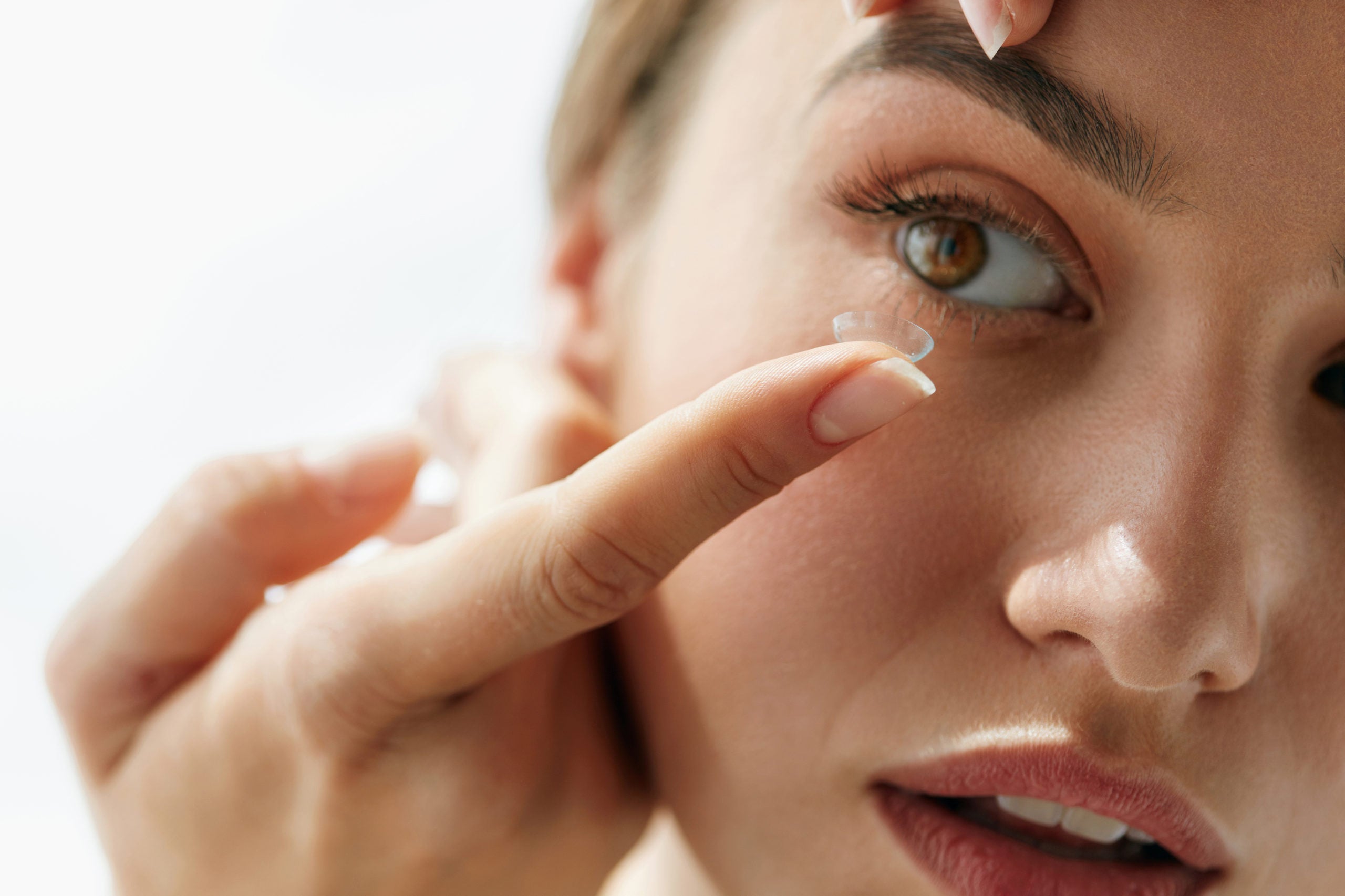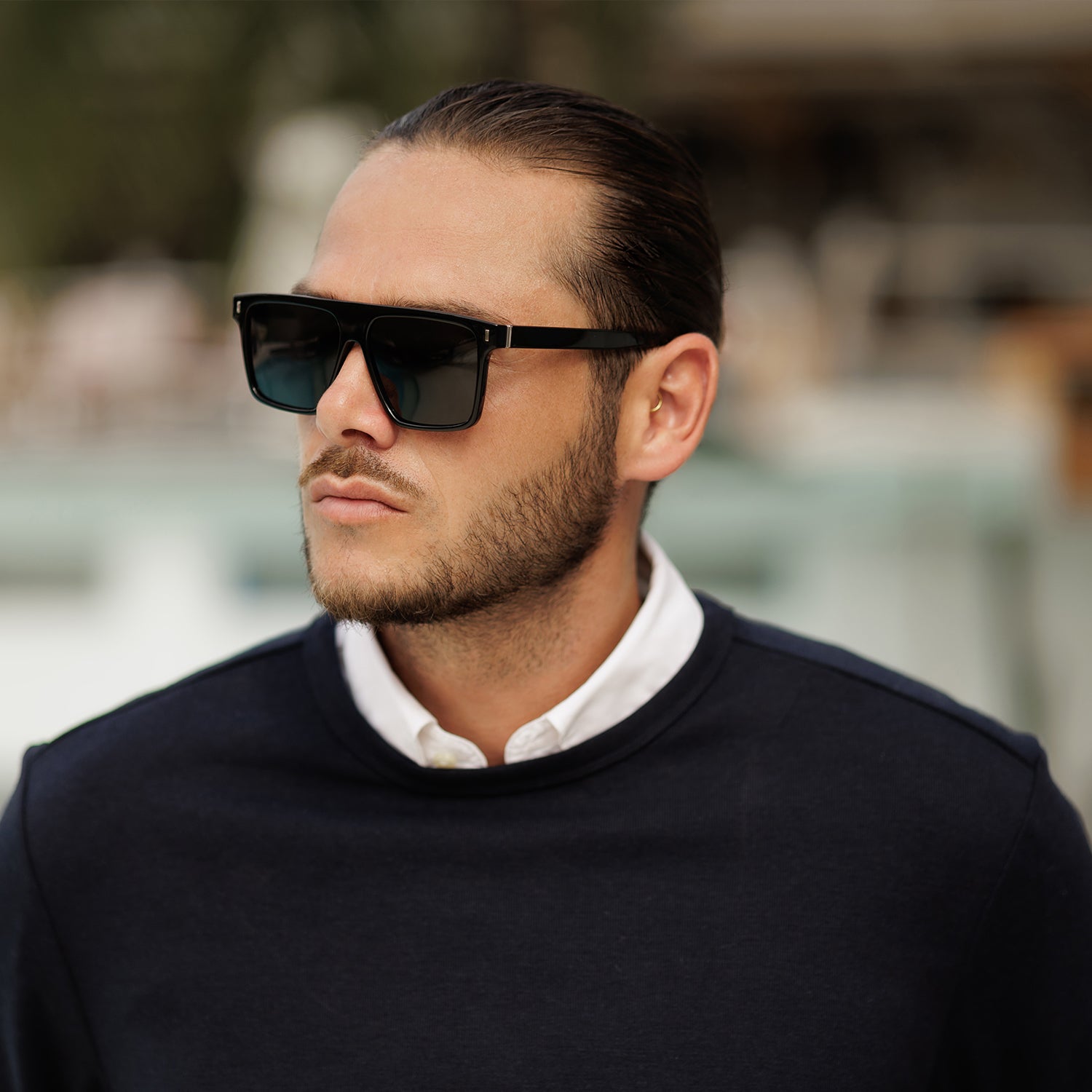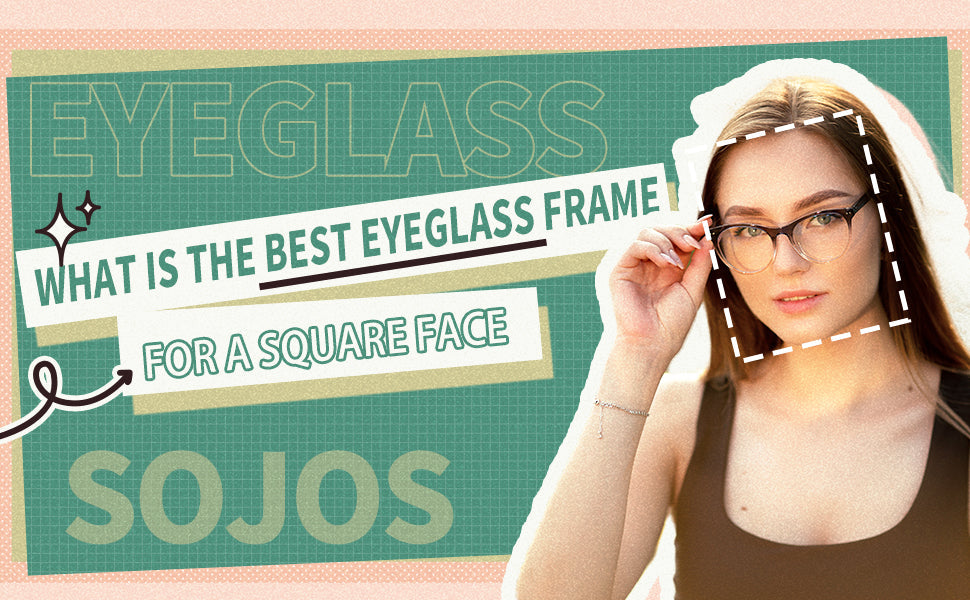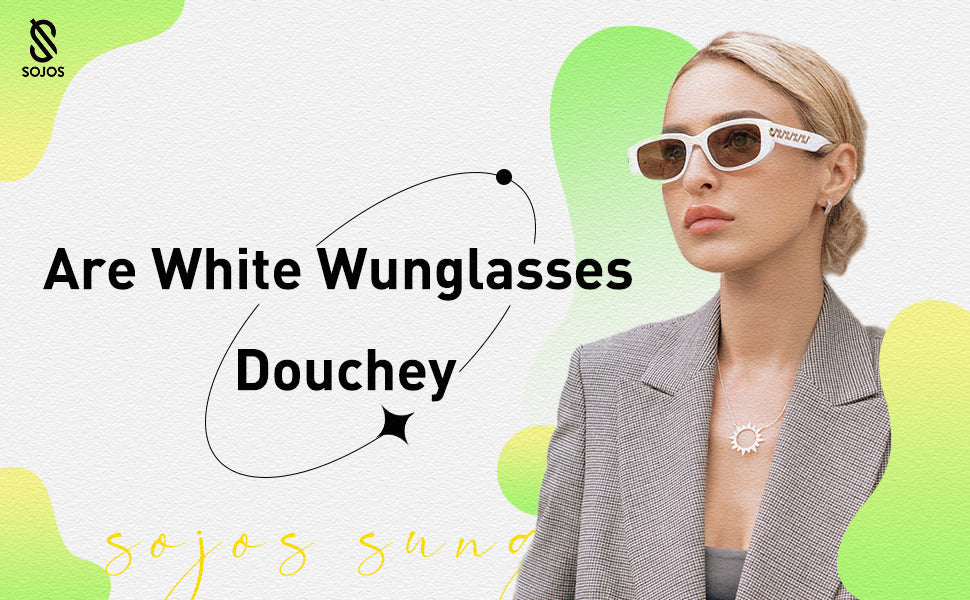
Can You Wear Sunglasses With Contacts?

Dear contacts wearer, your eyes are essential. They're delicate and sensitive. You can't just expose them to whatever the weather is like outside without protecting them. Luckily, there's a possible solution for that: contacts with sunglasses! This is a fantastic option for getting the best of both worlds!
While contact lenses correct your vision, sunglasses protect your eyes and improve visual appearance. But can you wear sunglasses with contacts? Is this practically possible? Or sounds good in writing? Let’s find out the real deal about pairing contacts with sunglasses!
Thoughts on Wearing Contacts With Sunglasses
Yes, you can most definitely wear contacts with sunglasses. Whether you wear lenses for vision correction or style purposes, pairing them with sunglasses is an awesome fusion you must try. It’s not only fashionable but also protects your eyes from harmful UV rays and other harmful effects like dust particles and wind. Let’s see how?
Eyestrain
Eyestrain is a common side effect of wearing contact lenses. The dryness of the contact lenses can cause your eyes to become more sensitive. In severe cases, you may even experience headaches if you don’t take care of it.
Luckily, there are ways that you can stop eyestrain. Wear contacts with sunglasses having a tinted lens. When you wear contacts with sunglasses, HEV lights will reflect off, ensuring no disturbance or issues to your eyesight.
This way, when you put on your contacts later in the day or night, depending on how often you wear them, they won’t be affected by as much light on their own.
Dry Eyes
The contact lenses dry your eyes. The UV rays from the sun can damage the cornea, which is the part of your eye that allows light to pass through it. When this happens, it causes dryness in your eyes and makes them feel uncomfortable.
You might need to wear contacts with sunglasses if you're outside for long periods or have a sensitivity to sunlight; this will help protect your eyes from these problems!
High Glare Sensitivity
Glare sensitivity is another common problem for people who wear contacts. It can cause headaches and eyestrain, primarily if you work in an office environment with bright lights or computer screens or are exposed to other visual stimuli like snow.
If your eyes are sensitive to glare, wear contacts with sunglasses to help prevent discomfort and pain caused by the sun’s rays reflecting off surfaces nearby, such as streets.
To pair contacts with sunglasses for this purpose, consider polarized lenses. They’ll block out harsh light at some angles while letting through more diffuse light at others.
This help reduces eye strain by blocking out strong sources of glare – such as direct sunlight – while allowing enough ambient light into your vision, so you don’t miss out on seeing objects clearly around you either.
Eye Injuries
There will be times when you might be unable to avoid an accident or injury that could lead to serious eye injuries.
The injuries can be from chemical splashes, flying pieces of materials such as bungee cords, blows from balls while playing sports, and blows from hands while fighting, and there are endless possibilities that can injure your eyes.
This is why it is essential to have a pair of sunglasses with you at all times, especially if you are going out for an extended period.
We all know that contact lenses offer no protection from all this. On the other hand, sunglasses can protect your eyes from these injuries and help save them from harm. So wear contacts with sunglasses to avoid eye injuries.
Vision Clarity
You may not know this, but the lenses in your contact lenses can distort your vision. This is because they are made from a flexible material (plastic), and if you don’t have them properly fitted, the lenses might move around inside your eyeball and affect clarity. When this happens, it can cause headaches and pain as well.
If you wear contacts with sunglasses, on the other hand, it will help reduce glare from sunlight and improve the overall clarity of vision when compared to wearing just contacts alone. This is especially true when driving at night! When you wear contacts with sunglasses, you also eliminate reflections so you can see better in dimly lit areas!
UV Protection
UV protection is a big deal for anyone, but it's essential for people who wear contact lenses. Although there are several contact lens materials, they all work best in a specific range of temperatures and moisture levels.
If your eyes are exposed to UV radiation without proper protection (e.g., sunglasses), this can reduce the effectiveness of your contacts and make them less comfortable to wear. Thus, it’s essential to wear contacts with sunglasses to preserve them.
UV-blocking eyewear also protects against blue light and other harmful rays, helping preserve your eyes' natural ability to filter out dangerous light while letting through enough visible sunlight to stay healthy.
Sunglasses Style to Pair With Your Contacts
When looking to pair contacts with sunglasses, there are some crucial factors to keep in mind. The first is that you should match your contacts with sunglasses. This will ensure that the overall look of your glasses and eyes is uniform, which can help make you feel confident and put together.
For example, if you have hazel-colored contact lenses, tortoiseshell sunglasses will complement them. It will be less loud and more in line with the mild hazel tone, resulting in a more harmonic appearance.
If you wear contacts regularly, it's also important to find sunglasses that will stay in place while wearing them. It may be helpful to purchase wrap-around or oversized frames, if available, to achieve this goal.
If neither option works for you, consider getting clip-on sunglasses instead so that they won't fall off easily when worn over top of contact lenses.

Conclusion
We hope this article has cleared things up for you about wearing contacts with sunglasses. While they may seem like a luxury at first glance, they’re an essential tool for protecting your eyes from UV radiation and the harmful effects of blue light.
Plus, there are so many styles and colors available today that you will be able to find something that suits your style!






